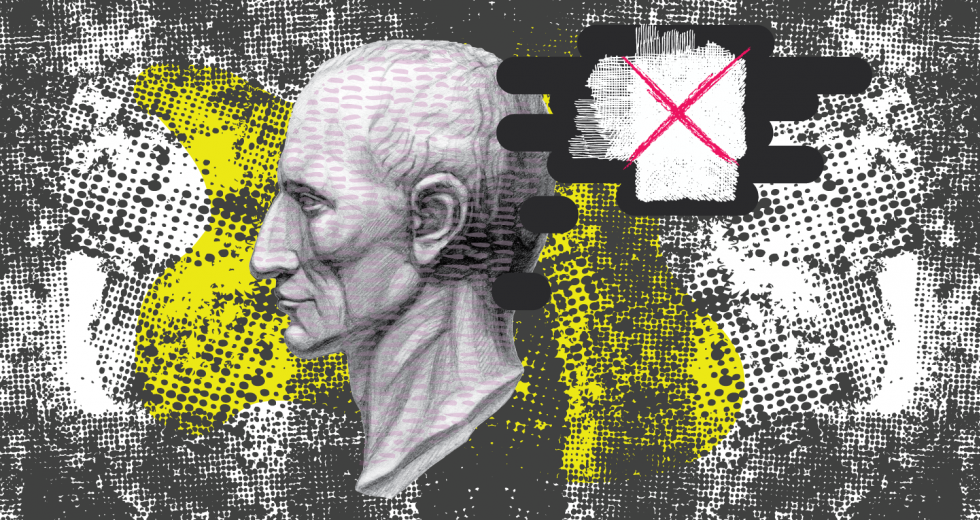This is the third piece in a 3-part series. Part one, “The Auctioneer Advocate,” can be found here. Part two, “The Artist on the Fence,” can be found here.
During meetings this past fall, Jeff Koons’ “Coloring Book” was approved by six of seven members of the ESC art panel and seven of eight Sacramento Metropolitan Arts commissioners. Two panel members and three commissioners were absent for the respective votes. I was the only dissenting vote in both cases.
As chair of the commission, I support the decision of the panel and the commission as a whole. I very much appreciate the generosity of the individuals who contributed $4 million to the arena arts programs. But while I believe “Coloring Book” to be a potentially iconic piece for the entrance to the arena, I objected to a process that did not afford the panel the opportunity to review additional options.
I felt it was important to consider more than one possibility for a monumental sculpture at the entrance to the arena. Public art is not an art form but rather a mechanism for improving and invigorating a public space through the arts. It can be in a variety of forms, both permanent and temporary. Cities gain cultural, social and economic value through public art. I believe we are doing a disservice to the residents of the Sacramento region by rejecting an open selection process that allows for informed debate.
It is important to keep in mind that there are several types of artist selection and processes for public art: open competition, limited competition and direct selection. The panel meetings and SMAC commission meetings were, and are, open to the public. The agendas for both are posted 72 hours in advance of each meeting. Not a single artist, member of the media or the public attended any of these open meetings. Public participation and dialogue are essential to decision making in our democratic society. The lack of such participation during the public meetings of the panel and commission is unfortunate.
Sixty percent (27 out of 45) of the artworks commissioned by the city in the past seven years were created by local artists. The $1.5 million set aside for this project for local artists is by far the largest commitment to funding for regional artists in the history of the city’s Art in Public Places program. Another point that is important to note is the fact that the city mandated $5.5 million to be set aside solely for the inclusion of art as part of the arena project.
Does “Coloring Book” inspire us, provoke us, amuse us, enlighten us and humanize us as public art is intended to do? Perhaps, but I continue to ask, “Why this piece?” Is there another Jeff Koons we should consider? Could another local, national or international artist have provided a more monumental concept? Is this a powerful, sensational, iconic piece? In my mind, the only way to answer these questions is through an open competition selection process.
What do you think of the Koons piece? Let us know in the comments. We’ll feature a round-up of community opinion in our April issue.



